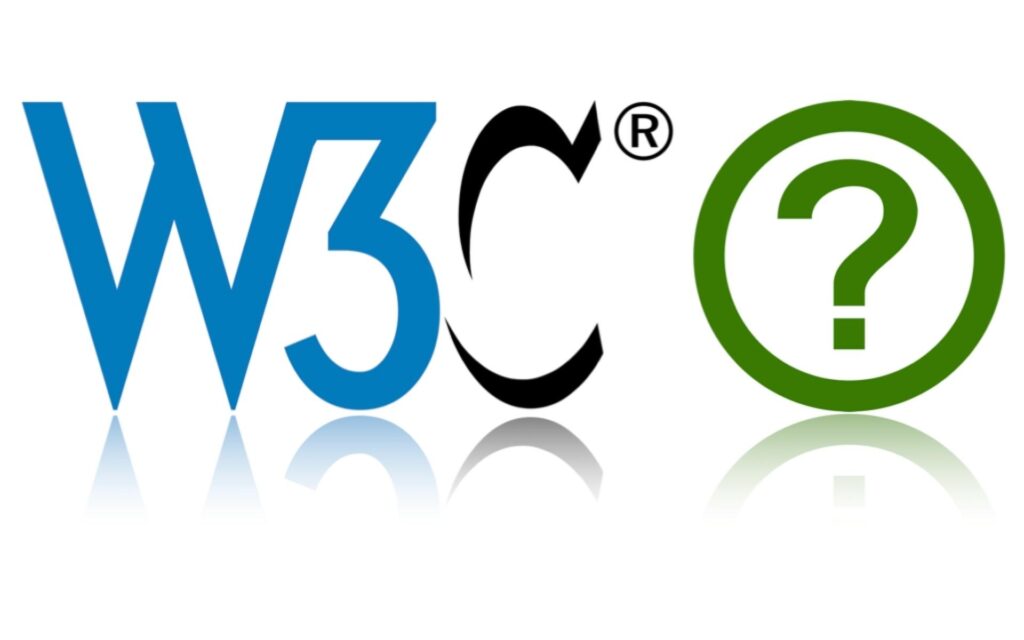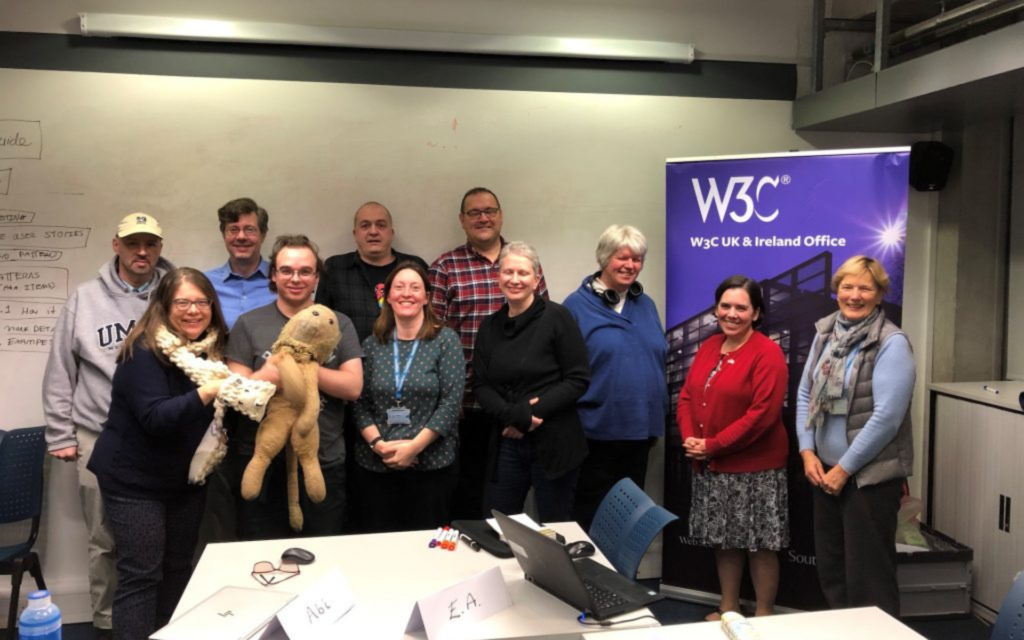W3C Announces Major Change

The Worldwide Web Consortium (W3C), the grades body responsible for web standards like HTML and browser privacy, has announced significant changes in its operation. The W3C
will be a nonprofit public-interest organization starting in January 2023.
Worldwide Web Consortium (W3C)
Many people turn to Google for information about HTML elements such as headings, meta descriptions, and titles. However, the W3C has the exact specifications.
Because it works with stakeholders from all technology sectors and around the globe, the W3C is essential for the future development of the Web.
Stakeholders such as Microsoft, Brave browser, Google, and Brave browser are involved in developing new standards for how browsers handle privacy.

Others have a stake in tracking web users via third-party trackers. These people, as well as members of the W3C, are trying to influence the new privacy standards.
According to a news report ( Privacy war raging within the W3C), the director of privacy, anti-tracker browser Brave stated that some W3C members are trying to lower privacy standards.
Pete Snyder is Director of Privacy at Brave.
“They use cynical terminology like: “We’re not here to restrict user choice” or “We’re protecting the open web.” They’re there to slow the creation of privacy protections by the browsers.
Knowing what happens to the W3C and how it develops is crucial. This is how the Web will work in the future.
Tim Berners-Lee was the Web’s inventor and founded the W3C in 1994. The mission is to encourage the growth of the Internet by creating open protocols, guidelines, and standards.
It is currently a “hosted model,” an international standards-making body hosted in the USA and France.
This model was to be converted to a nonprofit to better respond to the ever-changing pace and innovation of the Internet.
According to the statement, the initial “hosted model” hindered rapid development.
According to the official announcement:
“We need a structure that can meet the needs of new web capabilities faster and address urgent web problems.
The W3C Team’s size is limited and bounded. Additionally, the Hosted model slows down the rapid development and acquisition of new skills.
To achieve better reporting, accountability, and global coordination, we must place governance at the heart of any new organization.
With the majority of W3C Members, a Board of Directors will also be elected.
It will contain seat representative of the multi-stakeholder goals set forth by the Web Consortium.
We expect to continue our joint work with the Hosts today in a mutually-beneficial partnership.”
Transition to New Legal Entity
The W3C is currently transitioning to a new structure. However, the announcement was made to ensure that the change would not affect the public.
They stated that
“The process of developing standards must be and will continue to be maintained.”
Although they claim that decision-making and development processes will not change, the W3C is transitioning to a nonprofit organization to allow it to grow beyond its original structure in 1994. It was established to develop web standards for the early Internet and help the future.
The reasons for the change were explained in the context of evolution and growth:
“W3C was established to address the early Web’s needs. Our evolution as a nonprofit of public interest is not to continue our community effort but to mature and expand to meet the future web needs.”
“Grow” is a way to change. “Maturity” is the next step in that process. It can be difficult to reconcile the notions of maturation and change with the idea that you should remain the same.
How can the W3C grow and adapt to future challenges while remaining the same?
According to the W3C, the decision-making process will not change:
“Our standards work will continue to be done in the open under the W3C Process Document, royalty-free W3C Patent Policy, and with input from the wider community. Consensus will continue to be used for decisions. W3C Members will continue to review technical direction and recommendations.
Although the W3C’s announcement minimizes the changes, it states that they will be evolving and growing.
As long as the W3C is transparent in its operations and all decisions are made by consensus of all stakeholders, fairness should be assured in all decisions, no matter how the W3C changes.

